This step by step woodworking project is about waist high raised garden bed plans. If you really want to start a vegetable garden, but you want to do that with minimum physical effort, you need to consider my free plans. Make sure you invest in cedar, as the components will be weather resistant and there last for many years in a row. Follow my instructions and tips, so you get the job done quickly and without no problems. See my other DIY projects HERE.
We recommend you to invest in the best materials you could afford. Therefore, you should buy weather-resistant lumber, such as pine or cedar. Always take accurate measurements before adjusting the size of the components at the proper size. Drill pilot holes trough the components before inserting the wood screws, to prevent the wood from splitting. See all my Premium Plans HERE.
Made from this plan
Waist High Raised Garden Bed Plans
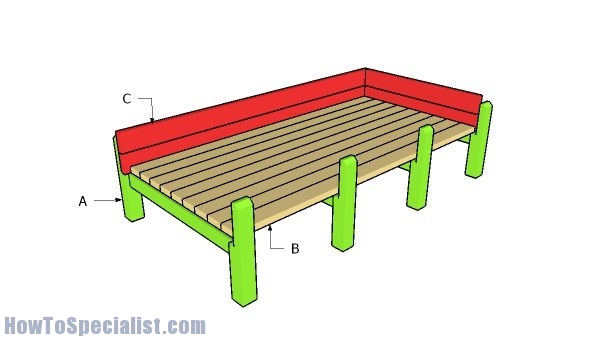
Building an elevated raised garden bed
Materials
- A – 8 pieces of 4×4 lumber – 24″ long, 4 pieces – 46″ long LEGS
- B – 9 pieces of 2×6 lumber – 92 1/2″ long BOTTOM
- C – 4 pieces of 2×6 lumber – 46″ long, 4 pieces – 96″ long BOX
- 2 pieces of 4×4 rough cedar – 8′
- 15 pieces of 2×6 rough cedar – 8′
- 2 pieces of 2×4 rough cedar – 8′
- 2 1/2″ screws, 3 1/2″ screws
- glue, putty
Tools
- Safety gloves, glasses
- Miter saw, jigsaw
- Chalk line, tape measure, spirit level, carpentry pencil
- Drill machinery and drill bits
Time
- One Day
How to build a waist high raised garden bed

Building the legs
The first step of the project is to build the legs for the raised garden bed. Mark the cut lines on the 4×4 rough cedar posts and then get the job done with a circular saw. Smooth the edges flush with sandpaper.

Assembling-the-supports
Use 2×4 lumber for the supports. Cut the 2×4 cedar to 46″ and then drill pocket holes, as shown in the diagram. Align the edges and insert 2 1/2″ screws to secure the beams to the posts.
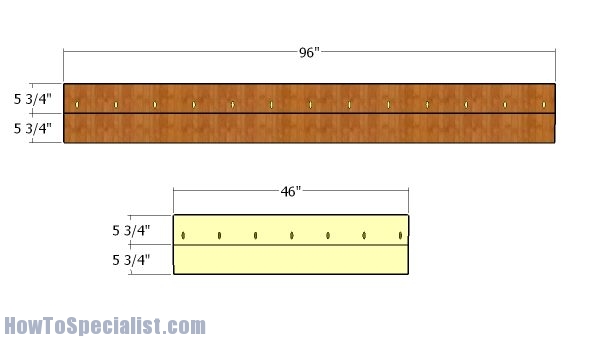
Building the garden bed panels
Use 2×6 rough cedar for the planter box. The 2×6 rough cedar is actually 1 3/4″x5 3/4″. Drill pocket holes along the top slats, as shown in the diagram. Align the edges flush and leave no gaps between them. Insert 2 1/2″ screws to lock the slats together tightly.
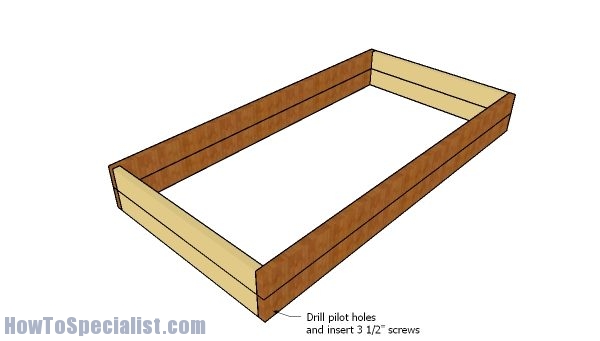
Assembling the garden bed
Lay the slats on a level surface and align the edges flush. Make sure the corners are square, drill pilot holes through the long slats and insert 3 1/2″ screws into the perpendicular components.
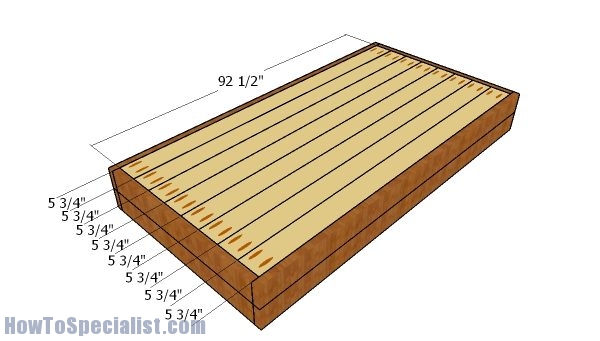
Fitting the bottom slats
Drill pocket holes at both ends of the 2×6 rough cedar slats and then secure them to the box. Insert 2 1/2″ screws to lock the slats to the garden bed.
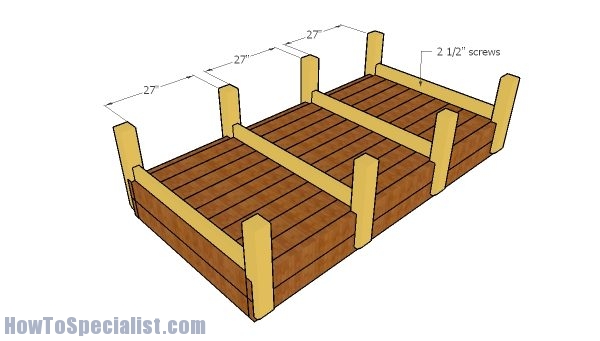
Attaching the legs to the garden bed
Fit the supports equally spaced to the garden bed and insert 2 1/2″ screws to secure them together tightly. Use a spirit level to plumb the legs vertically.
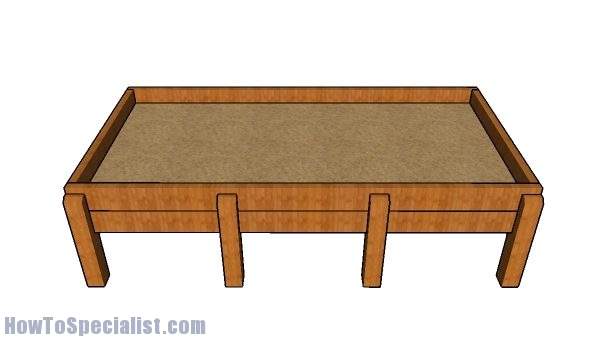
Counter height raised garden bed plans
Smooth the edges with sandpaper and then fill the planter box with soil.
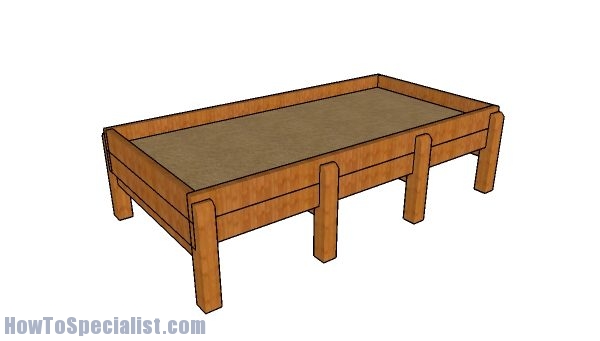
Waist high raised garden bed plans
This waist high raised garden bed is ideal for your backyard, as you can take care of the plants without having to lean and stay on your knees. This makes for the ideal choice for elders. If you like my project, don’t forget to SHARE it on Facebook and Pinterest.
Thank you for reading our project about waist high raised garden bed plans and I recommend you to check out the rest of the projects. Don’t forget to LIKE and SHARE our projects with your friends, by using the social media widgets. SUBSCRIBE to be the first that gets our latest projects.

4 comments
Wouldn’t the wet dirt cause some rot in the cedar over time without drainage. I was thinking it might be a good idea to leave a 1/16″ space between the bed panels.
Also, would it make sense to line the bed with Landscape Fabric?
With respect to the side rails (identified as C) with a 3rd layer, raising it another 5 3/4″ to give room for additional dirt.
I am going to build this garden bed in the spring.
Fitting landscape fabric might be a great idea and you could also drill a few holes through the bottom to increase the drainage. However, I wouldn’t recommend you to leave gaps between the side slats. Good luck and I am looking forward to seeing your future projects.
I don’t fully understand the materials list. The first section all marked ‘lumber’ (and broken up by A, B and C) seems like that’s all you would need. What is the all of the “rough cedar” for?
A B C is the cut list. The bottom list is the shopping list.